Exploring Energy Pouches: Manufacturing, Benefits, and Market Potential
Energy pouches are fast emerging as a dynamic alternative in the functional stimulant space—offering a compact, smokeless, and drink-free way to deliver caffeine and other energizing compounds. As consumers shift toward more convenient and discreet formats, these pouches are carving out their own niche across multiple lifestyle and professional markets.
This article provides a comprehensive look into how energy pouches are manufactured, their advantages over traditional energy products, and where the biggest business opportunities lie for brands, wholesalers, and private label investors.
What Are Energy Pouches?
Energy pouches are small, pre-measured packets containing a blend of stimulants—commonly caffeine, B vitamins, and herbal extracts such as guarana or taurine. Designed to rest between the gum and lip, these pouches rely on transmucosal absorption, allowing active ingredients to enter the bloodstream quickly via the oral membranes. This bypasses the digestive system, enabling faster onset compared to drinks or pills.
Because they’re discreet, portable, and require no liquid, energy pouches appeal to consumers who want a quick energy boost—anytime, anywhere.
Key Terms to Know
-
Transmucosal Absorption: The delivery of active compounds through the lining of the mouth for rapid effect.
-
Pouching Formulation: The engineered mix of ingredients, flavorings, and binders packed into the pouch.
-
Active Ingredients: Compounds like caffeine, B12, and herbal additives that deliver the functional benefits.
How Energy Pouches Are Manufactured
1. Ingredient Sourcing
Formulation begins with selecting high-grade active compounds (caffeine, guarana, taurine, vitamins) along with stabilizers, binders, and natural or artificial flavoring. The goal is to balance energy delivery with a pleasant mouthfeel and taste.
2. Formulation Engineering
Product developers collaborate with chemists and flavorists to determine ideal ingredient ratios. Considerations include absorption rate, safety, pH balance, and long-term shelf stability. Moisture-retaining compounds like glycerin are often added to keep the product soft and effective.
3. Pouch Film Production
The pouch material is typically made of food-safe fibers or biodegradable films. This membrane must be thin enough for comfortable use yet durable enough to prevent leakage and degradation.
4. Precision Filling and Sealing
The formulation—whether in powder, paste, or granule form—is portioned into pouches using industrial-scale filling machines. Once filled, pouches are heat- or pressure-sealed to ensure airtight freshness and consistent dosing.
5. Quality Control
Every batch undergoes rigorous testing to confirm active ingredient levels, pouch integrity, weight consistency, and flavor uniformity. These checks are critical for compliance with food-grade or supplement-grade regulatory standards.
6. Branding and Packaging
Final pouches are packed into individual or multi-unit containers, labeled for compliance and designed for retail appeal. Visual identity—such as bold energy cues or health-focused design—plays a major role in consumer conversion.
Pros and Cons Compared to Traditional Energy Formats
Advantages
-
Discreet and Travel-Friendly: No liquids or equipment needed.
-
Fast Acting: Caffeine and actives absorb in under 10 minutes.
-
Flavor Versatility: Easy to innovate with mint, citrus, or tropical profiles.
-
Stable Shelf Life: Extended usability compared to bottled drinks.
Challenges
-
User Education Required: First-time users may need guidance on proper usage and dosage.
-
Caffeine Overload Risk: Brands must communicate intake limits clearly.
-
Not for All Preferences: Some users may prefer ingestible or drinkable options.
Target Markets and Use Cases
Primary Audiences
-
Fitness Consumers: Use as pre-workout energy without shakes or pills.
-
Professionals: Ideal for long shifts, meetings, and on-the-go use.
-
Students: Non-intrusive support during exams or study marathons.
-
Drivers & Travelers: Popular among those on the road for long hours.
Key Application Scenarios
-
Pre-training energy boost
-
Midday productivity support
-
Gaming and eSports stamina
-
Business travel fatigue prevention
Frequently Asked Questions
Q1: How quickly do energy pouches work?
Thanks to oral absorption, effects typically kick in within 5–10 minutes—faster than drinks or pills that must pass through the digestive system.
Q2: Are they safe to use daily?
Yes, when used according to labeled guidelines. Manufacturers provide dosage recommendations and highlight caffeine content per pouch to help users stay within safe daily limits.
Q3: What’s the difference from nicotine pouches?
Energy pouches deliver caffeine and vitamins, not nicotine. They target energy and focus, whereas nicotine pouches target cravings or smoking alternatives.
Q4: Where can I source quality energy pouches in bulk?
Companies like Snuff Factory offer private-label and OEM energy pouch solutions, ensuring quality, compliance, and scalable supply for global brands.
Conclusion: A Smart Bet for Emerging Brands
Energy pouches offer the perfect combination of speed, discretion, and innovation for today’s busy consumer. Whether you’re in the supplement industry, a fitness brand, or an energy product wholesaler, this format allows you to serve a growing demand with a unique, profitable product line.
Looking to break into the market with your own label or need a trusted OEM partner? Snuff Factory provides turnkey support from formulation to packaging—helping brands launch faster, scale smarter, and stand out on shelves.

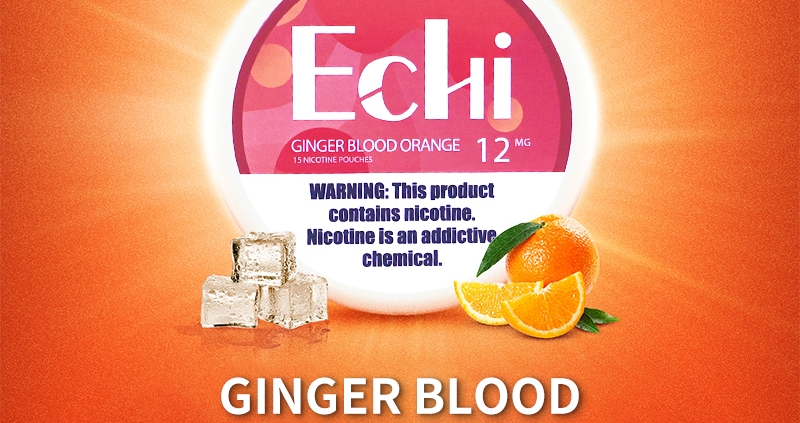
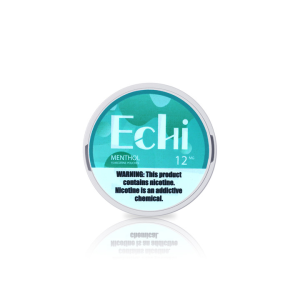
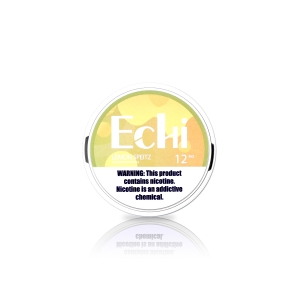
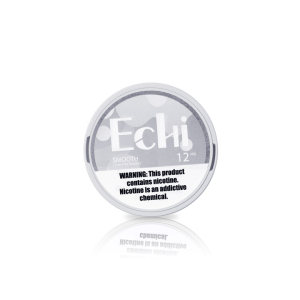
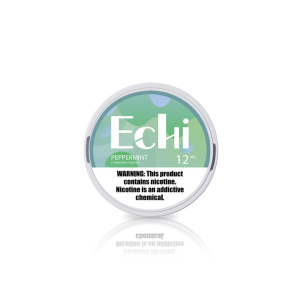


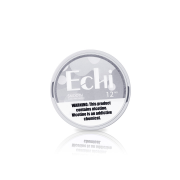

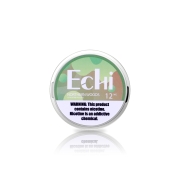
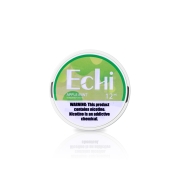


Leave a Reply
Want to join the discussion?Feel free to contribute!